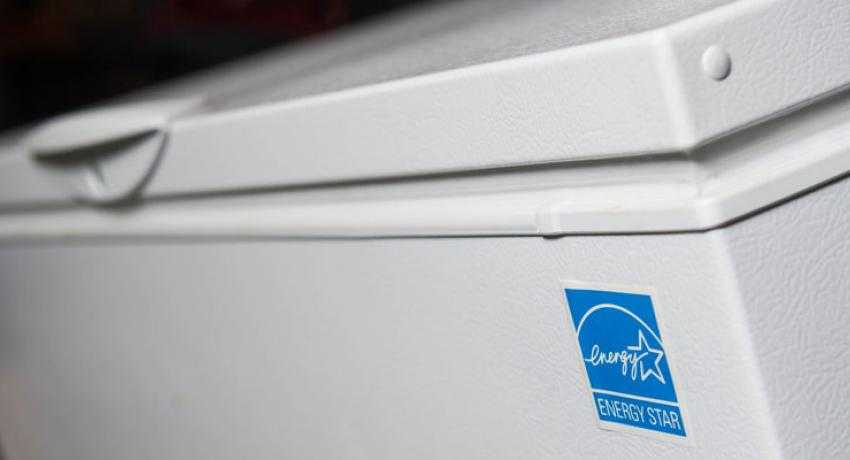What The US Federal ENERGY STAR Program Has Accomplished For The Economy And The Environment
ENERGY STAR was launched by the US Environmental Protection Agency (EPA) in 1992 as a voluntary program but it’s now co-managed by the US Department of Energy (DOE) and EPA.
This program has been a symbol for energy efficiency in the country, helping individuals and businesses save money as well as protect the environment through improved energy utilization strategies.
Thousands of commercial, industrial, utility, local, and state entities depend on their association with the EPA to provide low-cost energy efficiency solutions. In fact, more than 40% of the Fortune 500 companies are in alliance with the EPA for delivering effective energy-based results.
Approximately 90% of the households in America recognize ENERGY STAR, which makes it one of the most widely recognized consumer symbols in the country.
The program along with its partners has helped save American businesses and families over $450 billion and more than 3.5 trillion kWh of electricity since 1992.
In addition to that incredible feat, ENERGY STAR has also managed to achieve broad emission reductions, and all of these achievements have been made possible by voluntary action only.
Certified products by ENERGY STAR
Since the program is a simple choice for energy efficiency, it has made it easy for businesses and consumers to buy products that save them money while also protecting the environment.
EPA makes sure that every product that’s given the ENERGY STAR label is certified independently to provide savings, quality, and performance that Americans have come to expect.
This is why people have purchased over 300 million products – all certified by ENERGY STAR – in 2016 alone. According to this EPA report, a typical American household saves about $575 on their electricity bills by choosing ENERGY STAR certified products.
Benefits of ENERGY STAR for businesses and corporations
For over two decades, ENERGY STAR tools and resources have been helping organizations determine cost-effective strategies to manage energy utilization in their plants and buildings. This has enabled the private sector to save energy and boost profits significantly.
ENERGY STAR has changed the face of strategic energy management for almost all businesses and organizations in the US – which includes commercial establishments such as offices, schools, and hospitals.
The ENERGY STAR Portfolio Manager, a widely-popular online tool, has been used to calculate and track the energy performance of millions of commercial buildings across the country.
If a building is eligible, the online tool measures an ENERGY STAR score on the scale of 1-100, making the industry standard for rating the energy performance of a property. According to studies, certified buildings receive 16% more in sale prices and rental rates than uncertified facilities.
Benefits of ENERGY STAR for new and existing homes
Studies show that households that use ENERGY STAR certified products save at least 10% more on energy bills. Also, certified products deliver better performance, quality, and comfort to the homeowners.
Here are a few interesting facts:
- In 2017 alone, over 100,000 ENERGY STAR certified multifamily properties and single-family homes were built, making it 1.9 million in total since 1995.
- In 2016, ENERGY STAR certified new houses program helped save $360 million in energy bills, thus contributing $3.1 billion in cumulative energy cost savings since 1995.
- Approximately 90% of the country’s top builders have used the ENERGY STAR rating to build certified homes as of 2017.
- About 91,000 homeowners retrofitted their existing residential properties via Home Performance with ENERGY STAR program to improve energy efficiency in 2017 alone.
- 1 out of every 10 single-family properties was certified by ENERGY STAR in 2017.
Local governments and utility companies depend on ENERGY STAR
The American utilities have invested approximately $7.7 billion in energy efficiency program under the guidance of EPA.
EPA allows the utility companies to leverage ENERGY STAR as a collective nationwide platform, thus, eliminating the need to create independent utility programs in the country. This ensures that the American market isn’t fragmented and our innovation doesn’t stall due to unnecessary bureaucracy.
Over 700 utilities, local and state governments, as well as nonprofits, leverage the program in their energy efficiency strategies, helping them reach 95% of all households across fifty states plus The District of Columbia.
Also, since 2017, two states and 26 local governments have relied on the ENERGY STAR Portfolio Manager Tool as the basis for their energy standards and transparency guidelines. This has helped create uniformity for business organizations as well as reduce the implementation costs.
Benefits of ENERGY STAR for the environment
The program contributes to improved public health and ecological wellbeing of the planet. Through voluntary action alone, ENERGY STAR offers local and state governments with lesser costs and more flexibility towards improving the air quality and other environmental objectives.
Since 1992, greenhouse gases associated with ENERGY STAR products have been reduced by 3.1 billion metric tons. The voluntary program continues to promote economic development, a healthier environment, and greater competitiveness in America.




